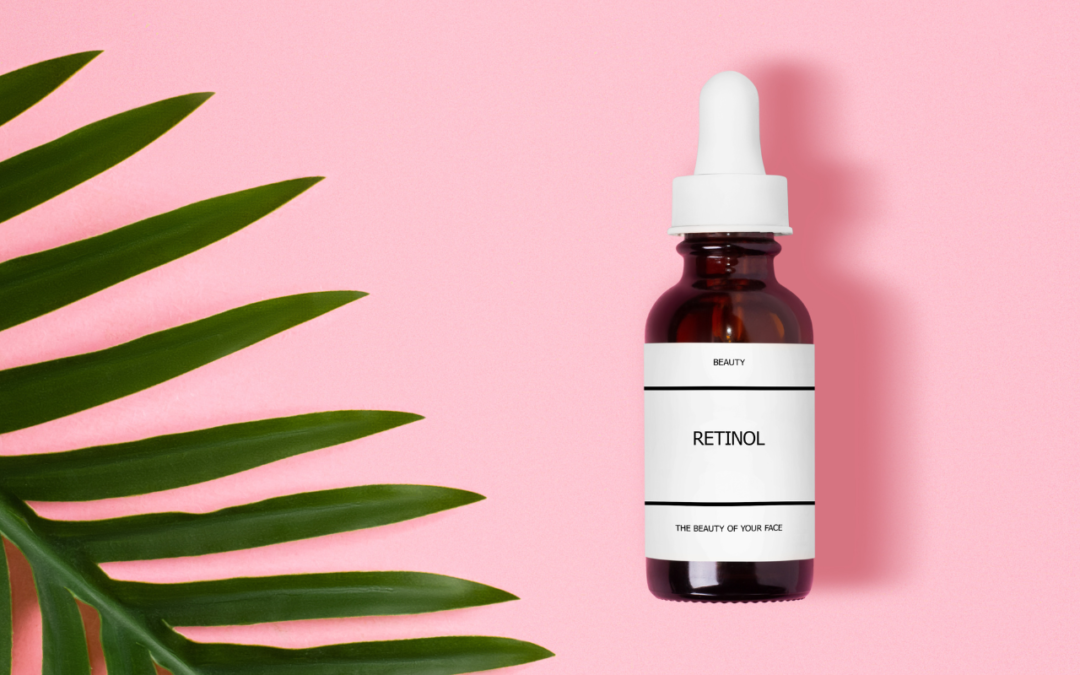Are you confused about why and/or how you should use retinol?
A member of the vitamin A family of exfoliants, retinol is one of the most researched skincare ingredients out there and is known to have a multitude of benefits, including:
- Speeding up cell turnover for plumper-looking skin
- Increasing hyaluronic acid production to regulate moisture levels
- Exposing fresher cells to reveal a glowing complexion
- Improving hyper-pigmentation, acne, large pores, lines and wrinkles
With a career spanning almost two decades, clinical facialist Kate Kerr has honed her expertise in skin therapy and rejuvenation, crafting bespoke treatments that target skin ageing and health. Here’s what this seasoned professional has to say about retinol.
How retinol works
“Turning into retinoic acid in the skin, retinol is so effective because it’s a cell communicator that can attach to most skin cells and instruct them to behave like younger, healthier versions of themselves. It is also an antioxidant, so it helps to prevent free radical attack and oxidation in the skin, which leads to extrinsic skin ageing.”
The optimum levels for use
For those new to retinol, Kate advises starting with a lower strength, such as 0.3%, and gradually increasing the frequency of use as your skin becomes more tolerant. This approach minimises the risk of irritation and ensures a smoother transition to higher-strength products.
“Optimum retinol levels will also vary by age; for example, menopausal skin can tend to be drier, and a declining natural cell turnover rate means a weakened skin barrier. So, opting for a retinol level to speed up cell renewal without further irritating the skin is essential”.
Alternatives
“If your skin is sensitive and less tolerant to potent ingredients, opt for a gentler alternative, such as bakuchiol, found in the leaves and seeds of the Indian native psoralea corylifolia plant. Delivering the same benefits as retinol, bakuchiol helps to stimulate collagen, reduce fine lines, and improve skin tone, making for smoother, firmer, and plumper skin. Alternatively, look for natural sources of vitamin A in ingredients such as pomegranate and rosehip. These two super ingredients provide a helping of natural vitamin A (a retinol alternative) to keep skin springy.”
How to incorporate retinol into your routine
“I remind my clients that you can’t get enough retinol in the skin to counteract the rate at which the collagen is breaking down, so for best results, I advise to build up towards using it every night if possible. Retinol is the priority at night as the skin is more active and in repair mode, making it the prime opportunity to stimulate the skin’s cells. It is also possible to have a retinol reaction to the sun, so the evening is preferential, as it avoids exposure straight after application.”
Because of this increased sensitivity, applying a high-factor SPF daily (30+), even in the winter, is crucial when using retinol to protect your skin.
As Kate reassures, “Remember, irritation and flaking are normal when you first apply retinol. This indicates that it’s increasing cell turnover and stimulating new skin cell production. As your skin builds tolerance, these effects will subside, and you’ll notice renewed glowing, healthy-looking skin. The process can last up to two skin cycles—about 12 weeks.”
However, if your skin becomes too tolerant, results may plateau, and you may need to increase the concentration or adjust the product type. Your dermatologist will advise you on this.
“Retinol may not be suitable for extremely sensitive skin types or those with conditions like rosacea, eczema, or psoriasis, as it can exacerbate irritation. Alternatives like bakuchiol or lower-strength retinoids might be gentler for highly reactive skin. Consulting a dermatologist will help determine the best approach in these instances”.
Please remember that pregnant or breastfeeding women are advised to avoid retinol, as high doses of vitamin A derivatives can be harmful.
To read more about Kate’s work, click HERE

